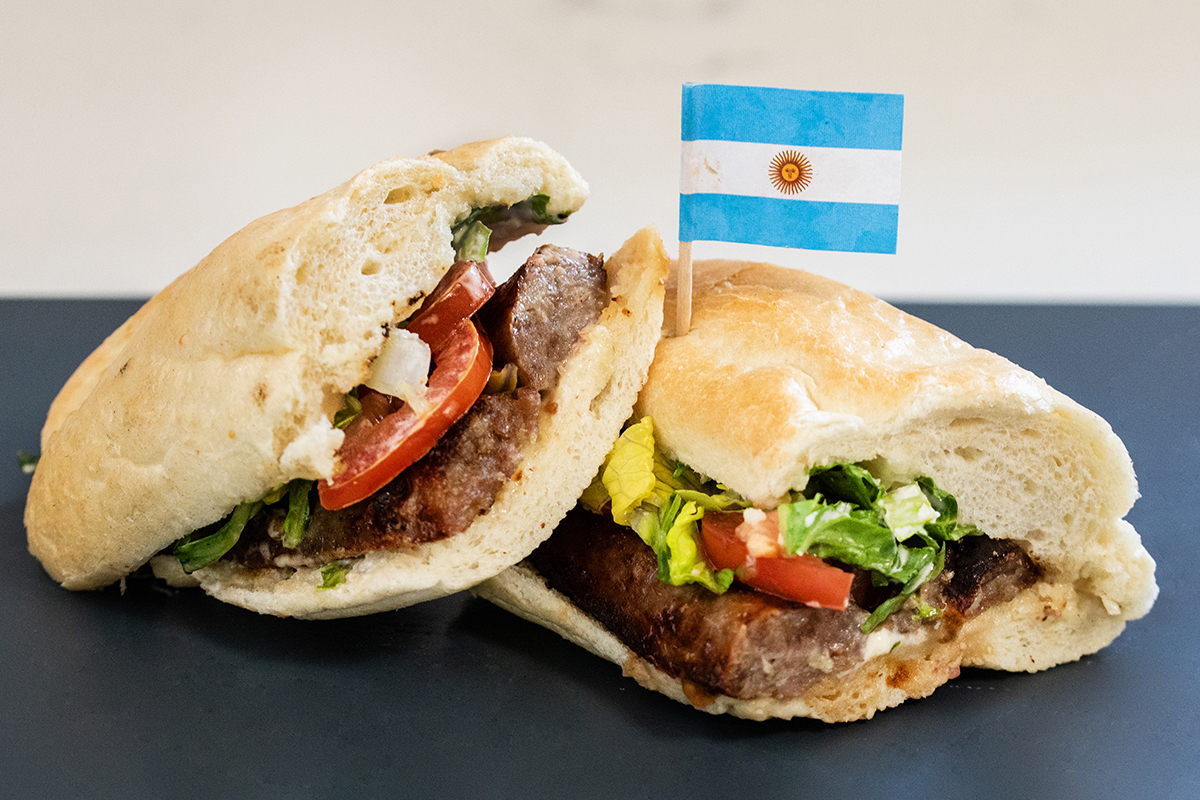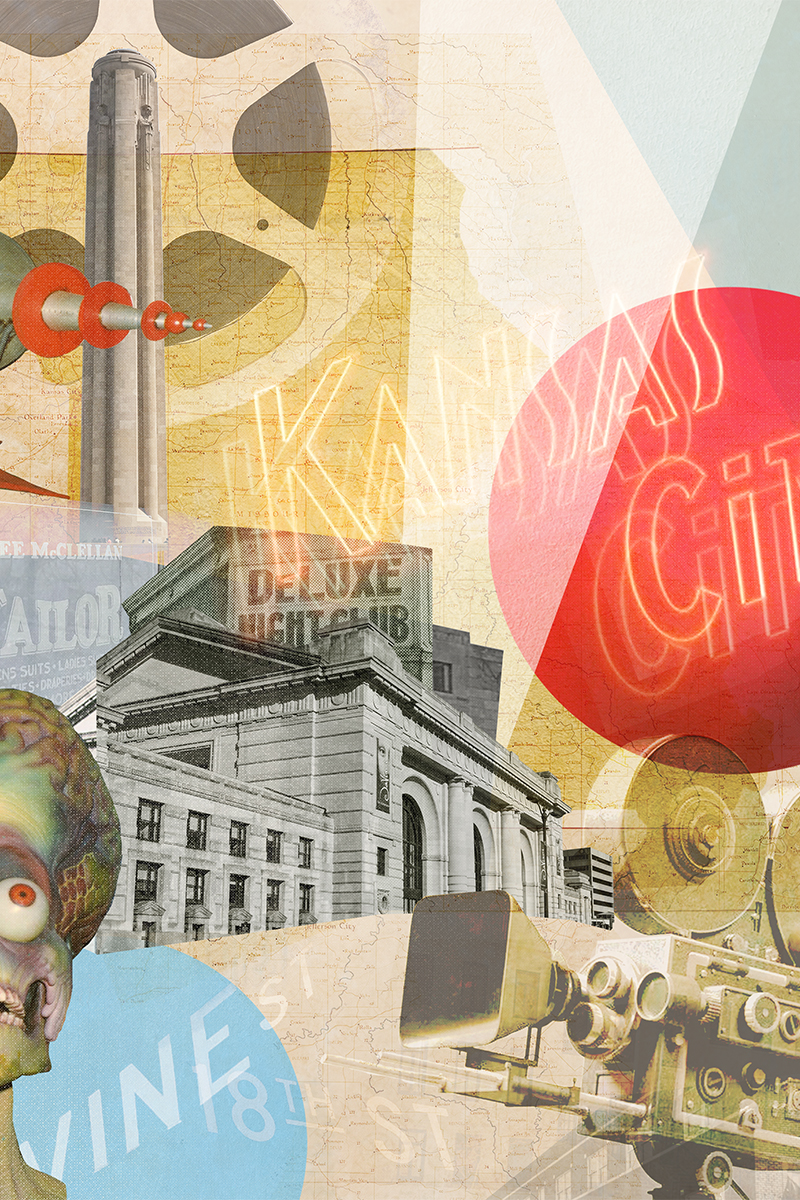If you’ve been in a Kansas City grocery store over the past few days, chances are you’ve noticed that the toilet paper is mostly gone.
Across the country, panic shoppers have stocked up on toilet paper, hand sanitizer and other basic necessities as they prepare for the possibility of a quarantine like the one currently in effect in Italy.
The coronavirus threat has quickly evolved from an alleged “hoax” to cause of mass event cancelation and the end of the longest period of uninterrupted economic growth in the nation’s history.
We asked experienced preppers for their basic advice on preparing for a quarantine scenario: you’re stuck at home for weeks or a month, with only what you’ve got in your pantry to sustain you.
What basic advice do they have for folks who have never been interested in prepping until they showed up to Target and all the toilet paper was gone?
If they had no previous prepping experience or supplies at home and we dropped them into Walmart or Costco with $300, what would they buy?
More of what you normally buy was the best advice. Beans, rice and medicine followed closely behind.
Here’s what they had to say.
Matt Walker of Trenton, Missouri, cautions against getting too creative. “It’s not really that difficult to stock a few weeks worth of supplies—people like me that get paid once a month, or who have to make a special trip to get groceries do it out of necessity on a regular basis,” he wrote. “There are problems now because a bunch of panicked idiots have wiped out the store shelves.”
“People should just buy all the things they normally buy, but enough to last several weeks if they are quarantined at home. It’s not any more complicated than that for this scenario,” he wrote. “This isn’t a hurricane or a wildfire or something that carries a real risk of rendering you homeless, or having prolonged power failures or fuel shortages (although it may impact the response and recovery if any of those things occur simultaneously with measures designed to contain the contagion). If you are one of those people that buys small amounts of groceries every couple days because you get fresh meat and produce, you are going to have to switch it up a little and get some frozen, dried, and canned food to last a few weeks.”
“Buy water if you drink bottled water or buy a filter for your tap water if you think you need to,” Walker wrote. “Buy extra toiletries (TP, paper towels, toothpaste, mouthwash, shaving creme, razors, soap, detergent, cleaning supplies, OTC meds, bandaids, etc.) and stock up your prescriptions. Extra formula and diapers and wipes if you have kids.”
Jeannie Rosario from Florida suggests basic groceries along with rice and beans, which are shelf-stable and provide a lot of cheap nutrition. She also suggested a water filter and whatever canned proteins you can get: “Rice and beans. Water filter if you can find it. Tuna. Chili and canned meat. Lunchmeat, bread, cheese and PB&J. Eggs and Milk.”
John Bettencourt of Las Vegas and several other commentators said that buying more of your normal groceries is key: “Just fill up your fridge, freezer, and pantry with what you normally eat. That should be a month+ of food. After that is accomplished, consider some more long term storage items.”
Jesse Whalen from Northern Virginia says that despite being a prepper he’s been stocking up: “I personally, just dropped $1,100 there to bolster my stocks on hand. Kids home from college for who knows how long…they eat a lot!”
“With a limited budget, you need to maximize your ‘dollar per pound’ spending,” he wrote. “Hamburger and chicken for protein. Canned tuna and canned chicken as well. Since most people don’t know how to properly store or cook beans and rice in bulk, stick to canned goods and small boxed foods. If you have kids or just adults will determine which direction to go with those items. Hygiene products and OTC medicine (Tylenol, ibuprofen). This is assuming you still have access to a water source, otherwise, need to account for the cheapest bottled water you can get and as many cases, determined by the population of the household. If careful, you can get a lot for $300.”
Susan Whiteley Fuller from upstate New York put together a complete list.
Assuming the person has a home base with basic shelter, I would suggest the following:
1 plastic bucket.
1 roll of thick plastic.
1-3 bottles of bleach
Staple gun and staples
Plastic garbage bags
Smaller garbage bags
1 large container for water—big, like a trash can size.
Sterno
Candles
Camp stove with propane
Lighters or matches
Ammo
Alcohol—not the drinkable type
First-aid supplies
Dollar store meds (aspirin etc)
Dawn dish soap
LED flashlights or lantern
Glow sticks
Laundry soap
Games (puzzles, cards, dominos, etc.)
Portable solar radio
Tamra Dickey also put together a suggested prepping list—aside from food and water:
-Keep gas tank full
-First aid supplies to take care of minor injuries and illnesses at home in order to avoid hospitals
-Extra pet food
-Soap and cleaning supplies
-Coffee and chocolate or candy (this is not necessary, but will help with mood)
-Feminine products if there are women in the house
Finally, here’s FEMA’s list of recommended emergency supplies:
Water – 1 gallon of water per person per day, for drinking and sanitation (Use 16 drops of regular household liquid bleach per gallon of water to treat water for drinking. Do not use scented or color-safe bleaches, or those with added cleaners.)
Food – At least a 3-day supply of nonperishable food (ready-to-eat canned meats, fruits, and vegetables; canned juices, milk, and soup (if powdered, store extra water); staples like sugar, salt, pepper; high-energy foods like peanut butter, jelly, crackers, granola bars, trail mix
Battery-powered radio and a NOAA Weather Radio with tone alert, and extra batteries for both
Flashlight and extra batteries
Whistle to signal for help
Infant formula and diapers, if you have an infant
Moist towelettes, garbage bags, and plastic ties for personal sanitation
Dust mask or cotton t-shirt, to help filter the air
Plastic sheeting and duct tape to shelter-in-place
Wrench or pliers to turn off utilities
Can opener for food (if kit contains canned food)
Clothing and bedding – If you live in a cold weather climate, you must think about warmth. It is possible that the power will be out and you will not have heat. Rethink your clothing and bedding supplies to account for growing children and other family changes. Have one complete change of warm clothing and shoes per person, including:
A jacket or coat
Long pants
A long-sleeved shirt
Sturdy shoes
A hat and gloves
A sleeping bag or warm blanket for each person
Additional supplies (some may be dangerous, so an adult should assemble them and they should not be accessible by children):
Rain gear
Mess kits, paper cups, plates, and plastic utensils
Cash or traveler’s checks and change
Paper towels
Fire extinguisher
Tent
Compass
Matches in a waterproof container
Signal flare
Paper and pencil
Personal hygiene items including feminine supplies
Disinfectant
Household chlorine bleach
Medicine dropper
Important documents such as copies of insurance policies, identification, and bank account records in a waterproof, portable container
First aid kit to include:
Basics:
Two pairs of latex glove (or other sterile gloves if you are allergic to latex)
Sterile dressings to stop bleeding
Cleansing agent/soap and antibiotic towelettes
Antibiotic ointment
Burn ointment
Adhesive bandages in a variety of sizes
Eye wash solution to flush the eyes or as general decontaminant
Thermometer
Prescription medications you take every day such as insulin, heart medicine, and asthma inhalers. You should periodically rotate medicines to account for expiration dates.
Prescribed medical supplies such as glucose and blood-pressure monitoring equipment and supplies
Nonprescription drugs:
Aspirin or non-aspirin pain reliever
Anti-diarrhea medication
Antacid
Laxative
Other first aid supplies:
Scissors
Tweezers
Tube of petroleum jelly or other lubricant





